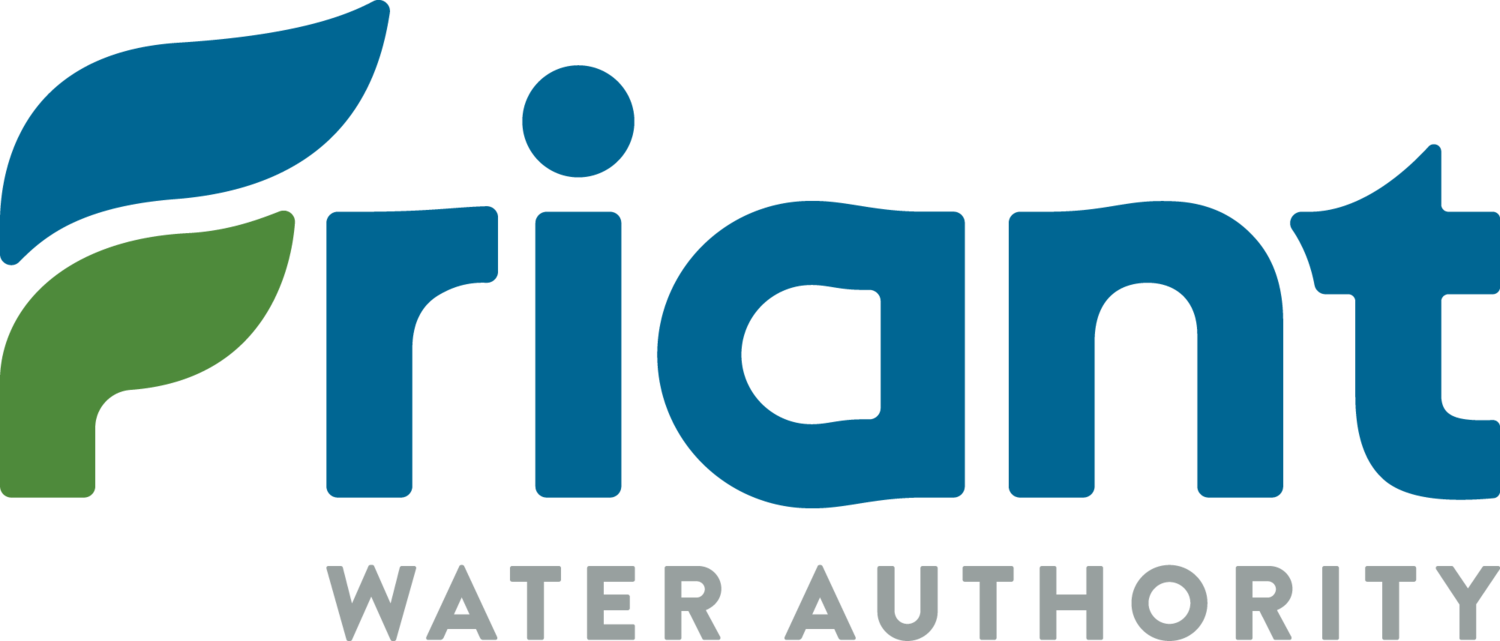March 18, 2016
FOR IMMEDIATE RELEASE
For More Information, Please Contact:
STEVE OTTEMOELLER, WATER RESOURCES MANAGER, FRIANT WATER AUTHORITY
Office: (559) 562-6305
LINDSAY, California
Friant Water Authority’s Chief Executive Officer Jason Phillips reported today that the U.S. Bureau of Reclamation (Reclamation) is providing the Friant Division its first water allocation from the San Joaquin River since 2013.
“We are very pleased to know we will be receiving surface water from Millerton Lake this year, our first water allocation since 2013,” said Phillips. “Friant Water Authority staff have worked tirelessly with other Friant Division representatives and Reclamation to make this initial allocation a reality. Continuing this close collaboration and partnership with Reclamation now and in the future will result in better outcomes for the Friant Division. We look forward to seeing water flowing in the Friant-Kern Canal once again.”
This initial allocation is for 240,000 acre-feet of Class 1 water and an additional 100,000 acre-feet of water that must be evacuated from Millerton lake in the near term to avert flood control concerns. A subsequent allocation is expected in the near future. Reclamation officials are unable to completely allocate the water that would normally be made available to the Friant Division because they want to ensure sufficient water is present in the watershed to meet the demands of the downstream senior water rights holders. Those senior water rights holders are normally supplied with water pumped from the Sacramento-San Joaquin Delta. But even with significant precipitation in the northern part of California, and with some dams making flood control releases, pumping sufficient amounts of water from the Delta to meet the senior water rights holders on the San Joaquin River may not be possible due to flow and pumping restrictions in the Delta meant to protect endangered species. “Pumping from the Delta has been getting more restrictive, yet the populations of the species are still crashing,” said Phillips. “We could be facing this problem annually if a better solution is not identified soon.”
Severe drought has had a strangle-hold on California since 2012. While the impacts of the drought have been felt almost everywhere in California, it has been especially painful in the Friant Division. “Much
of the Friant Division is planted in permanent crops,” Phillips observed. “Many orchards were leveled due to lack of sufficient water in 2014 and 2015 when there was no allocation of surface water. In addition, when irrigation water is applied to crops, underground aquifers are replenished. Without such water over the past two years, some aquifers were drawn down to the level where domestic wells failed. This is what happened in the East Porterville area, where a number of domestic wells went dry.”
“We will continue to work with Reclamation and the other Friant Division interests to supplement this initial allocation as the water year hydrology develops,” Phillips said. “The growers in the Friant Division need to know as soon as possible how much water will be available this year so they can make planting and other business decisions. We greatly appreciate the cooperation of Reclamation officials, who are doing everything they can to expedite the water allocations.”
The Friant Water Authority operates and maintains the Friant-Kern Canal, a conveyance feature of the Central Valley Project. The Authority consists of 13 water purveyors. The Friant Service area includes approximately one million acres and 15,000 mostly small family farms on the east side of the southern San Joaquin Valley (Merced. Madera, Fresno, Tulare, Kings, and Kern counties). Friant Division water supplies are also relied upon by several cities and towns, including the City of Fresno, as a major portion of their municipal and industrial water supplies.

